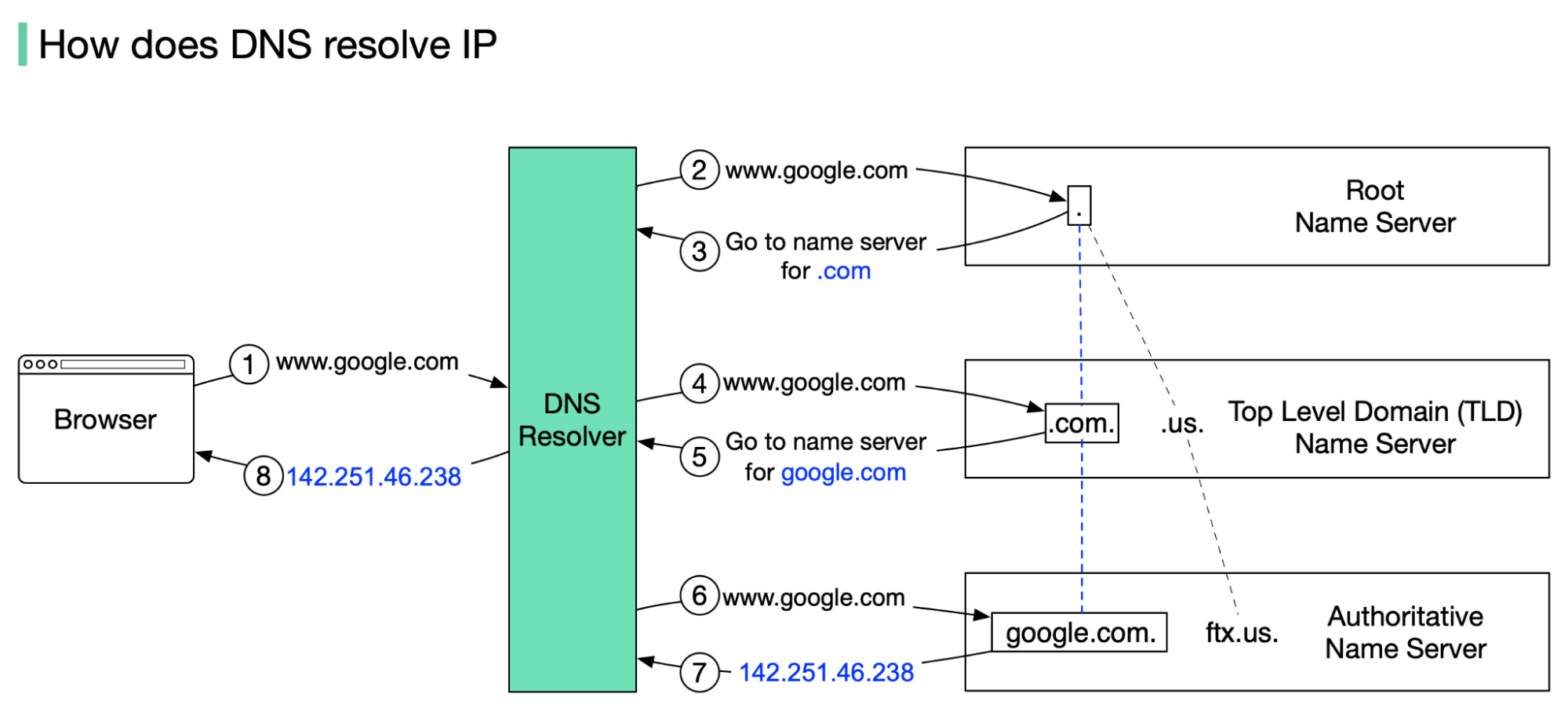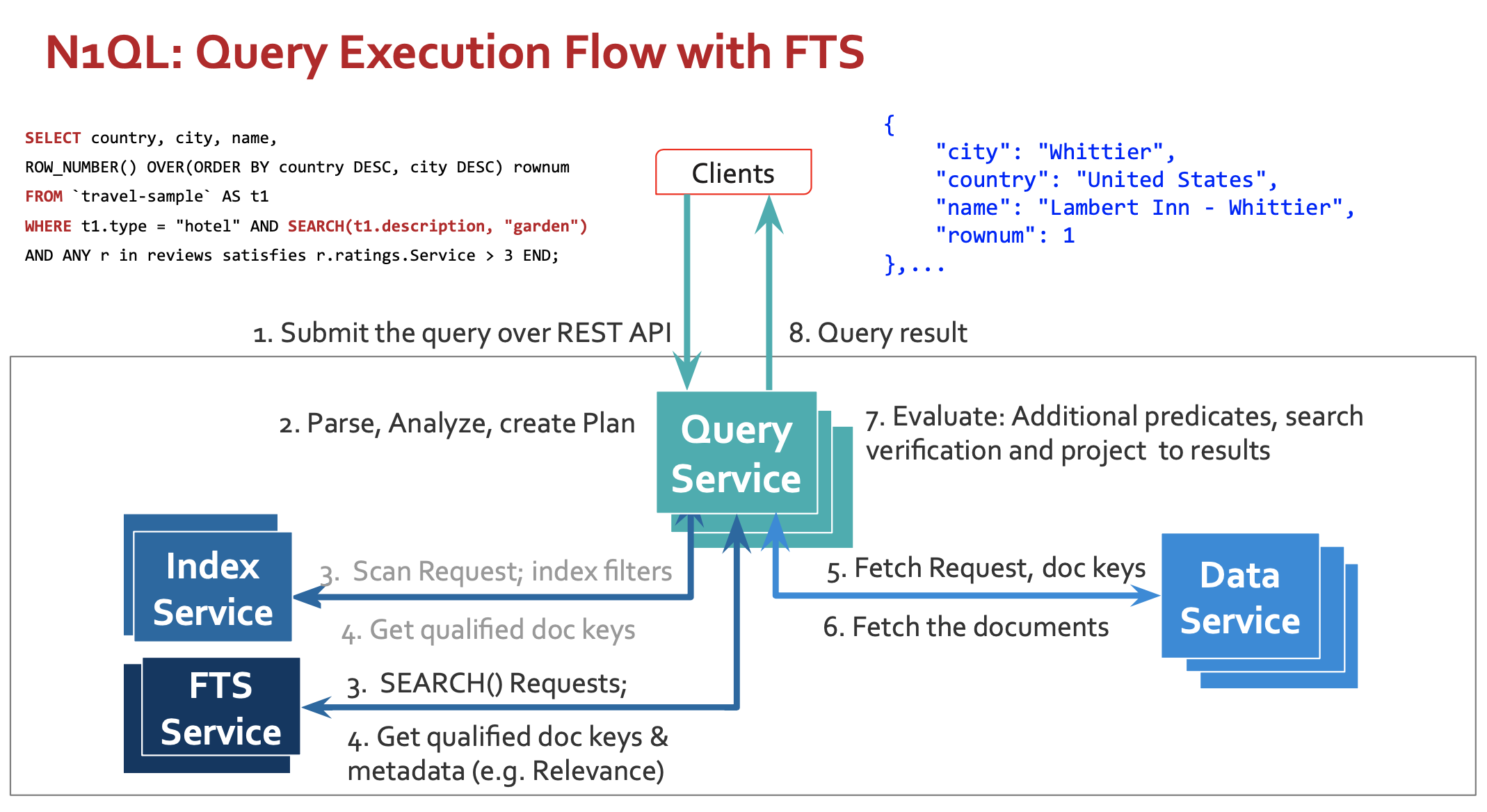What Happens When You Type "google.com" and Start Searching?
 Bonaventure Ogeto
Bonaventure Ogeto
When you type "google.com" into your browser’s address bar and hit enter, a series of complex processes are triggered behind the scenes, resulting in the webpage loading and you being able to start searching. While the entire process is highly optimized and happens in milliseconds, it involves several key steps. Let’s break down what happens in a bit of technical detail.
1. Domain Name System (DNS) Lookup
The first step begins with resolving the human-readable domain name "google.com" into an IP address, which is necessary for communication over the internet. Here’s how it happens:
Cache Check: Your browser first checks its DNS cache to see if it has recently visited "google.com." If it has, the cached IP address is used, skipping the DNS lookup.
OS Cache: If the browser doesn’t have the IP address, it asks the operating system to check its cache.
Router and ISP Cache: If neither the browser nor the OS has the information, the request is sent to your router, and then to your Internet Service Provider (ISP). Both may have DNS caches.
Recursive DNS Query: If the IP address is not found in any cache, the ISP’s DNS resolver queries other DNS servers. The query goes through a hierarchical system, starting from the root DNS servers, down to the Top-Level Domain (TLD) servers (e.g., ".com" servers), and finally to Google’s authoritative DNS servers, which return the IP address associated with "google.com."

2. TCP/IP Connection
Once the IP address is obtained, your browser establishes a connection to the Google servers using the Transmission Control Protocol (TCP) over Internet Protocol (IP). This involves:
Three-Way Handshake: A TCP connection is established through a process known as the three-way handshake:
SYN: Your browser sends a synchronization packet (SYN) to Google’s server.
SYN-ACK: The server responds with a synchronization-acknowledgment (SYN-ACK) packet.
ACK: Finally, your browser sends an acknowledgment (ACK) packet back to the server, establishing the connection.
At this point, your browser and the Google server are ready to exchange data.

3. SSL/TLS Handshake
Given that Google uses HTTPS for secure communication, an SSL/TLS handshake occurs next:
ClientHello: Your browser sends a ClientHello message to the server, including details like supported SSL/TLS versions and cipher suites.
ServerHello: The server responds with a ServerHello message, selecting the SSL/TLS version and cipher suite.
Certificate Exchange: Google’s server sends its SSL/TLS certificate, which your browser validates to ensure the authenticity of the server.
Session Keys: Both the browser and the server generate session keys for encrypting the data that will be transmitted.

4. Sending the HTTP Request
Now that a secure connection is established, your browser sends an HTTP request to the Google server. The request typically looks like this:
GET / HTTP/1.1
Host: www.google.com
User-Agent: Mozilla/5.0 (Windows NT 10.0; Win64; x64) AppleWebKit/537.36 (KHTML, like Gecko) Chrome/58.0.3029.110 Safari/537.3
Accept: text/html,application/xhtml+xml,application/xml;q=0.9,image/webp,*/*;q=0.8
This request tells the server that your browser wants to retrieve the main page of "google.com."

5. Server Response and Rendering the Page
- HTTP Response: Google’s server processes the request and responds with an HTTP response, which includes the HTML, CSS, JavaScript, and other resources needed to render the page. For example:
HTTP/1.1 200 OK
Content-Type: text/html; charset=UTF-8
Content-Length: 12345
Rendering: Your browser receives the response and starts parsing the HTML. It then fetches the CSS files, which determine the layout and styling, and executes JavaScript files that add interactivity. The browser’s rendering engine constructs the Document Object Model (DOM) tree and the CSS Object Model (CSSOM) tree, which together represent the page’s content and style.
Painting and Compositing: Finally, the browser paints the content on the screen and composites layers (e.g., for overlapping elements) to render the complete webpage.

6. Search Query Execution
Now that the Google homepage is loaded, you enter a search query and press enter. Here’s what happens:
- AJAX Request: When you submit the query, your browser sends an asynchronous JavaScript and XML (AJAX) request to Google’s search API endpoint. This request usually looks like:
POST /search?q=your+query HTTP/1.1
Host: www.google.com
Search Algorithm Execution: Google’s server processes the query using its complex search algorithms, which involve indexing, ranking, and filtering billions of web pages to find the most relevant results.
Search Results Delivery: The server then sends back a JSON response with the search results. Your browser dynamically updates the page with these results using JavaScript without requiring a full page reload.

7. Content Delivery and Interaction
As you interact with the search results, additional HTTP requests may be made (e.g., when loading images, videos, or more results). The entire process is optimized for speed and efficiency, ensuring that your experience is as seamless as possible.

Conclusion
The process of visiting "google.com" and performing a search involves a fascinating interplay of various technologies, from DNS resolution to secure TCP connections and HTTP requests. Despite the complexity, these operations are so well-optimized that they take place in just a few hundred milliseconds, providing you with instant access to the information you seek.
Subscribe to my newsletter
Read articles from Bonaventure Ogeto directly inside your inbox. Subscribe to the newsletter, and don't miss out.
Written by

Bonaventure Ogeto
Bonaventure Ogeto
Software Engineer & Technical Writer